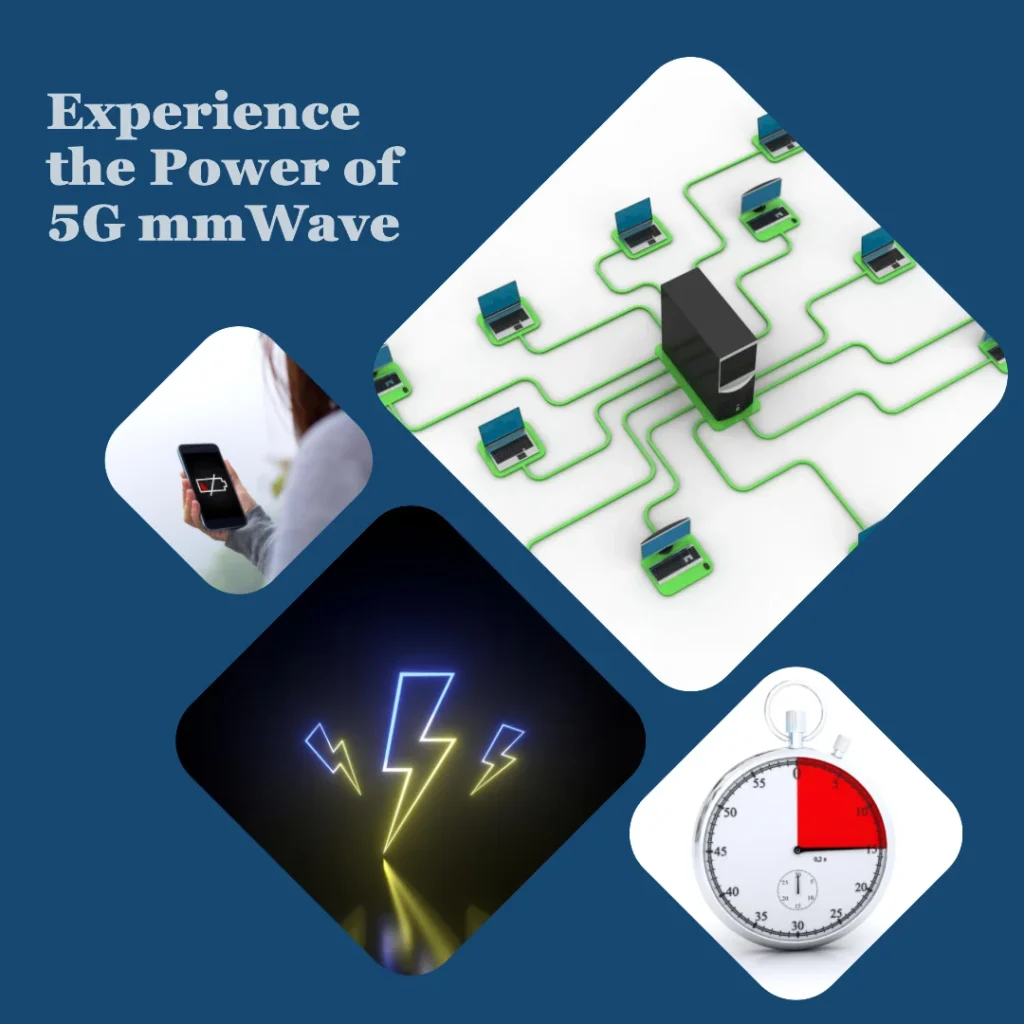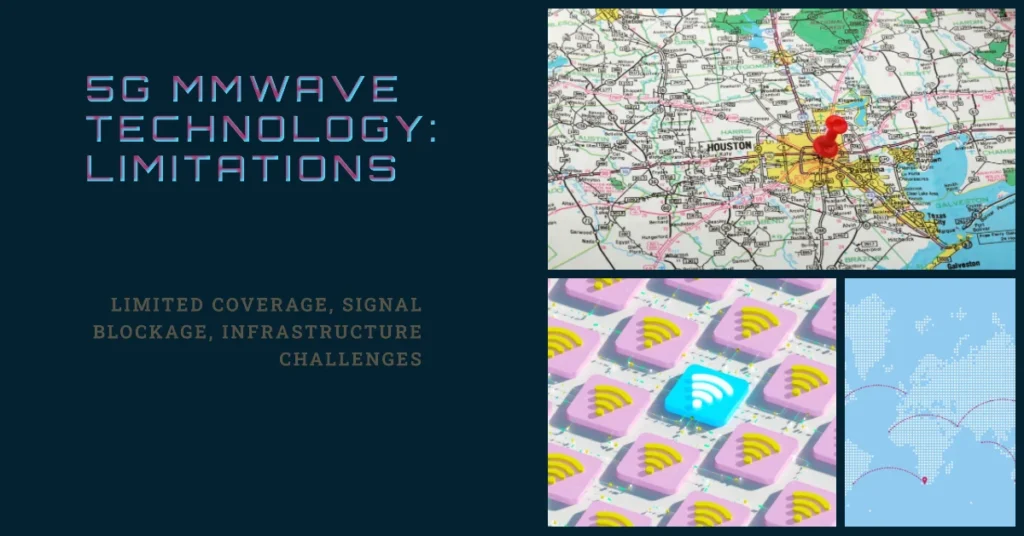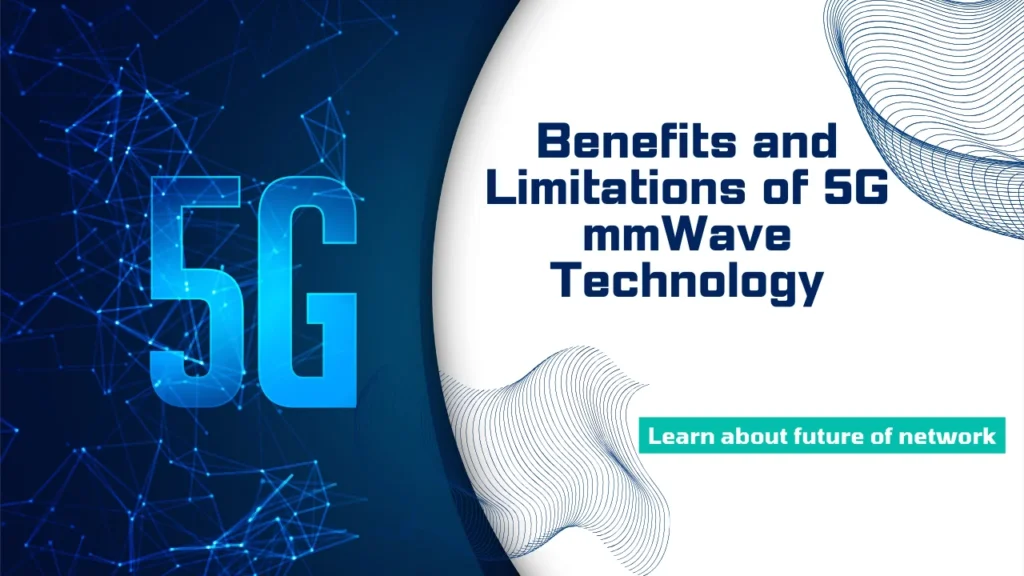As technology continues to advance at an unprecedented pace, the introduction of 5G mmWave Technology has brought about a significant transformation in the way we connect and communicate. Among the various aspects of 5G, millimeter-wave or mmWave technology stands out as a game-changer. In this article, we will explore the benefits and limitations of 5G mmWave technology, shedding light on its potential and challenges.
Table of Contents
1. Introduction
The rollout of 5G technology has generated significant buzz, promising faster speeds, lower latency, and a more connected world. Within the realm of 5G, mmWave technology is a critical component that deserves close examination.
2. Understanding 5G mmWave Technology
Millimeter-wave technology refers to the high-frequency radio waves used in 5G networks. Unlike lower-frequency bands used in previous generations, mmWave operates in the 30-300 GHz spectrum range, enabling data transfer at remarkable speeds.
3. Benefits of 5G mmWave Technology

3.1 High-Speed Data Transfer
One of the most significant advantages of 5G mmWave technology is its ability to deliver blazing-fast internet speeds. Downloading large files, streaming 4K or even 8K videos, and enjoying lag-free online gaming become seamless experiences.
3.2 Low Latency
Low latency is crucial for applications like augmented reality (AR) and virtual reality (VR). With mmWave, latency is significantly reduced, enhancing the real-time interactivity of these technologies.
3.3 Enhanced Capacity
5G mmWave technology can support a massive number of connected devices simultaneously. This is especially valuable in densely populated urban areas and at large events.
3.4 Improved Connectivity in Dense Areas
Traditional networks can struggle in crowded places like stadiums or city centers. mmWave technology excels in such environments, providing consistent and high-speed connectivity.
4. Limitations of 5G mmWave Technology

4.1 Limited Coverage Area
One of the primary limitations of mmWave is its shorter range. Signals in the mmWave spectrum have difficulty penetrating obstacles, limiting their coverage area. This requires the deployment of numerous small cells.
4.2 Signal Blockage and Interference
Obstacles like buildings, trees, and even rain can block or interfere with mmWave signals, leading to potential service interruptions.
4.3 Infrastructure Challenges
The rollout of mmWave technology demands extensive infrastructure upgrades, including the installation of small cells and extensive fiber networks.
5. Use Cases and Applications
5G mmWave technology has a wide range of applications, from autonomous vehicles and smart cities to healthcare and industrial automation. Its low latency and high bandwidth make it an ideal choice for transformative technologies.
6. The Future of 5G mmWave Technology
The future of 5G mmWave technology looks promising. As infrastructure continues to develop, the limitations are likely to be addressed, unlocking its full potential. Expect to see wider adoption and innovation in various industries.
7. Conclusion
In conclusion, 5G mmWave technology represents a significant leap in the world of connectivity. Its benefits in terms of speed, low latency, and capacity are impressive. However, it comes with its own set of limitations, primarily related to coverage and infrastructure. As technology continues to evolve, addressing these limitations will be crucial to harnessing the full potential of 5G mmWave technology.
FAQ’s:
Is mmWave technology safe for human health?
Yes, mmWave technology is safe for human health. The frequencies used are non-ionizing, meaning they don’t have enough energy to harm human tissues.
How does mmWave affect battery life on mobile devices?
While mmWave can be more power-hungry due to its higher data transfer rates, advances in device technology are mitigating this issue.
What industries stand to benefit the most from 5G mmWave technology?
Industries such as healthcare, manufacturing, and autonomous transportation are expected to see significant benefits from 5G mmWave technology.
Are there any privacy concerns with mmWave technology?
Privacy concerns related to 5G technology, including mmWave, are primarily centered around data security. It’s essential to ensure that data transmitted over 5G networks is adequately protected.
When can we expect widespread adoption of 5G mmWave technology?
Widespread adoption will depend on infrastructure development and regulatory factors. It is gradually rolling out in various regions, with full-scale adoption expected in the coming years.
In summary, 5G mmWave technology offers immense potential for revolutionizing connectivity. While it has limitations, ongoing advancements and infrastructure development are expected to drive its growth and integration into various aspects of our lives.



